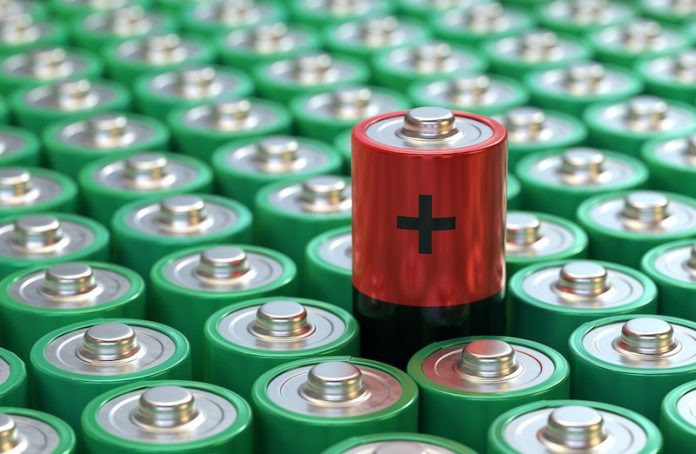
A team of researchers led by Prof. Yan Lifeng from the University of Science and Technology of China (USTC) has created a groundbreaking water-based nanomicellar electrolyte utilizing methylurea (Mu).
This electrolyte has substantial implications for aqueous zinc ion batteries (AZIBs), a pivotal element in clean energy storage.
Published in the Journal of the American Chemical Society, this research sheds light on optimizing the electrochemical performance of AZIBs through advanced electrolyte design.
AZIBs have emerged as a promising contender for green energy storage but are hampered by the irreversible electrochemical reaction of the zinc anode.
The challenge lies in manipulating and improving the electrochemical performance of AZIBs through meticulous electrolyte design.
The researchers developed a unique nanomicellar electrolyte comprising ZnSO4, MnSO4, and a high concentration of Mu molecules.
The self-assembly strategy used partitions the aqueous-solvent environment into hydrophilic and hydrophobic regions, encapsulating cations and anions into nanodomains, and disrupting the consecutive water-based bulk hydrogen bonding network.
This resulted in reconfiguring localized hydrogen bonding within the micelles and at the micelle/interface, inhibiting water decomposition reactions and controlling the release and deposition of Zn2+/Mn2+ ions on the electrode surface.
A new protective layer, Znx(Mu)ySO4∙nH2O, was introduced and converted in situ on the zinc anode surface, preventing zinc corrosion due to water molecule infiltration.
This development demonstrated that the carbonyl groups on the Zn2+/Mn2+ and Mu molecules possess enhanced binding capacity, reducing the number of water molecules in the solvent sheath structure.
The restructuring of hydrogen bonding inside the micellar electrolyte enabled highly reversible two-electron transition reactions, demonstrated by various test methods, leading to an exceptionally high energy density of 800.4 Wh kg-1 and a discharge voltage of up to 1.87 V for Zinc-manganese batteries.
This unprecedented achievement is verified through non-in situ scanning electron microscopy, X-ray diffraction, Raman, and other methods at different states of charge.
This study enhances the existing understanding of the electrolyte’s continuous solvent phase, setting up an efficient local/interfacial interaction network that effectively sustains the three-dimensional diffusive form of the ions and favorable interfacial nucleation reaction.
This has proven effective in suppressing metal dendrites and electrode side reactions.
The research led by Prof. Yan Lifeng offers a novel approach to electrolyte design, optimizing the performance of AZIBs, which are critical for clean energy storage.
The developed nanomicellar electrolyte not only enriches the understanding of electrolyte phases but also opens avenues for innovations in energy storage technologies.
The advancements in electrolyte design and the introduction of a protective layer manifest a significant step towards achieving efficient, sustainable, and high-performance energy storage solutions, crucial for meeting the growing energy demands while preserving environmental integrity.



